Carbon monoxide is one of the most deadly gases on earth. It can kill people and living creatures in a matter of minutes. Carbon monoxide poisoning is an event where the lethal gas is released into a closed space. This could be a home, a room, a garage, or even a car. One of the effects of carbon monoxide inhalation is severe damage to neurological parts of the body.
Two of the characteristics of this lethal gas is that it is odorless and colorless. That’s why if you’ve ever inhaled carbon monoxide, you won’t know you have until it’s too late. According to the Centers for Disease Control, an estimated 50,000 are hospitalized every year after inhaling the gas. Of these, some 430 die.
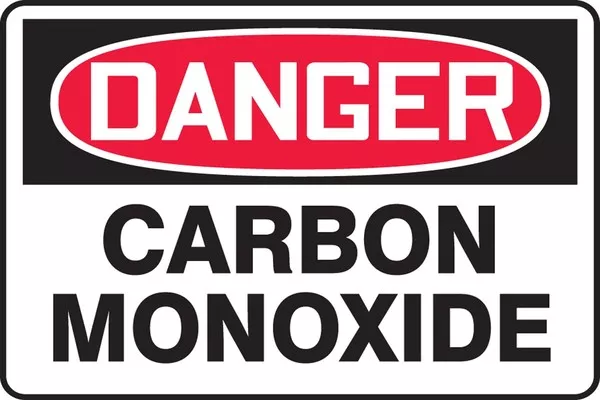
Carbon monoxide is one of the most deadly gases on earth
Since we pretty much can’t see or smell carbon monoxide, the best way to prevent inhalation is to stay away from it. Read Philkotse.com's tips below on how to keep yourself and your loved ones safe from this lethal gas. Also, spread the news and share it with friends and family so they’ll know about this.
1. Minimizing the risk
While some people think that the carbon monoxide threat in the car is “fictitious,” “only happens in movies” or is “surreal,” it is really there. The first step to keeping yourself and your family members safe from this is knowing that the danger is always there.
Once you know the risks, you should start by reducing the risk in your own car. One of the first precautions is by making sure that your vehicle has an effective exhaust system. One slight defect in the airflow mechanism can result in a life-threatening situation.
If you want added protection, you will have to spend a little extra. Carbon monoxide protectors can be bought at reasonable prices. These are also very portable. You can install them on one car and then in another. Although there are vehicles with this gadget already built-in, they can be very expensive.
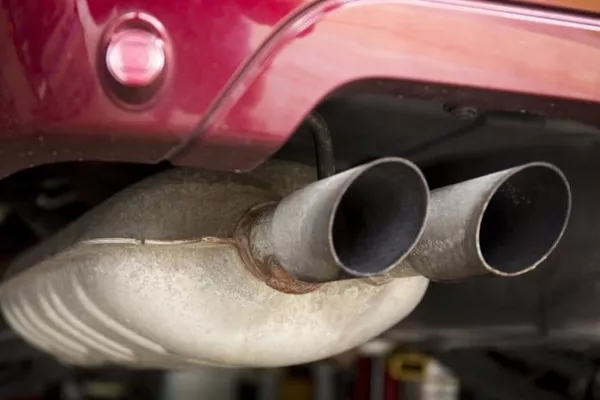
Make sure that your vehicle has an effective exhaust system
2. Dos and don’ts
Regularly inspect the exhaust system for the possibility of leaks. One small leak in the exhaust can cause carbon monoxide to enter the cabin. Note that leaks between the catalytic converter and engine are the most dangerous.
Inspect your emission system regularly. Also, make sure that your engine is properly tuned. Modern and more expensive vehicles have a lower concentration of the lethal carbon monoxide in its exhaust systems. If you leave your engine out of tune, some parts may malfunction. If you’re unlucky enough, the carbon monoxide levels in your vehicle may rise dramatically.
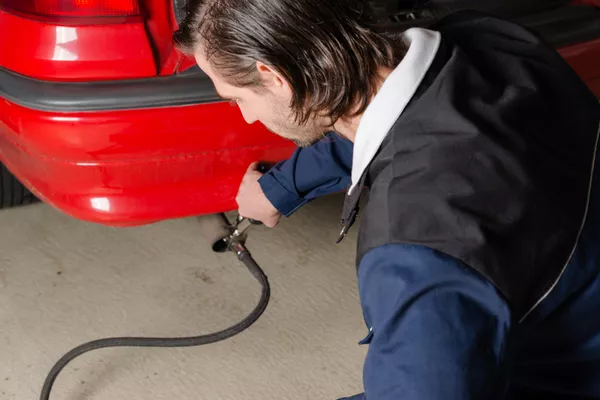
Inspect your emission system regularly
Don’t drive a vehicle that has holes or punctures on the floor. This applies to all types of four-wheeled vehicles regardless if it’s a coupe, a race car or an SUV. Also, avoid riding in a vehicle with an open liftgate or an open trunk. Any opening from these areas, no matter how small, can let carbon monoxide in.
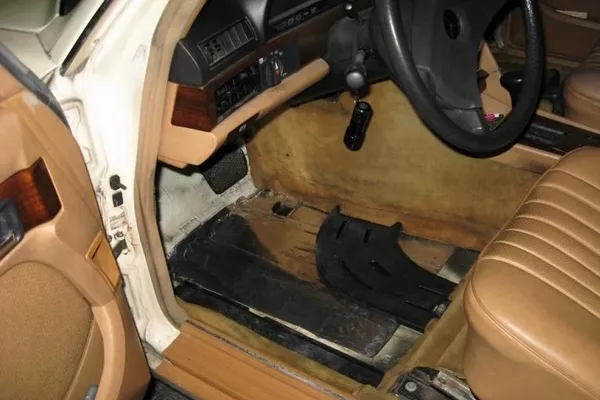
Don’t drive a vehicle that has holes or punctures on the floor
The danger level rises if there is also a leak in your exhaust system. You may also need to watch out for this if you have a habit of keeping locked windows with the AC on. Also, staying in long periods inside the cabin (like in heavy traffic) exposes you to the chemical more.
Don't allow passengers, especially kids and people with lung problems, to ride in a truck that’s covered by a canopy. Neither truck beds nor canopies are sealed well enough. This also applies to passenger compartments. The carbon monoxide can rise under a cover without the driver knowing.

Don't allow passengers, especially kids and people with lung problems, to ride in a truck that’s covered by a canopy
Avoid turning your vehicle’s engine on in unventilated areas. Do not rev the engine in a garage where the doors are closed. To minimize carbon monoxide inhalation, drive it out into an open area first where the chemical can diffuse. Revving the engine in an enclosed place or area that is not ventilated well can poison your oxygen supply.
Avoid repeatedly starting and stopping your engine to keep it warm. This will generate more carbon monoxide compared to revving it continuously.
Get yourself a battery-powered or a 12-volt carbon monoxide detector. Since the actual gas cannot be detected by human senses like smell or sight, it’s best to leave it to the machine. Carbon monoxide detectors will be able to detect the presence of the gas. Take note however that the gas has to be within contact with the detector. This is the only way it will be triggered.
3. What makes carbon monoxide so lethal?
When you breathe oxygen, the clean air binds with your red blood cells. The red blood cells then carry the oxygen throughout your bloodstream. When you breathe out again, carbon dioxide is released by the same red blood cells. Once the red blood cells are free, they’ll take more oxygen. This cycle goes on and on.
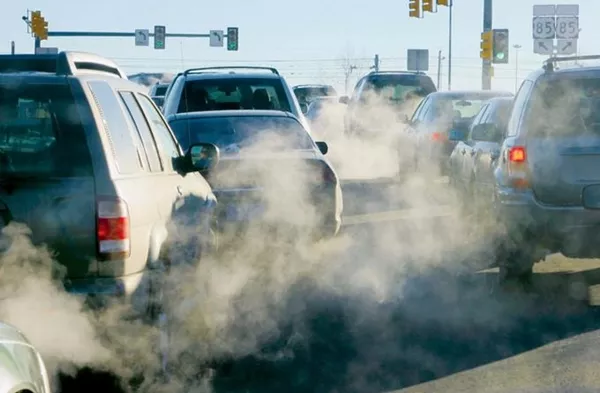
When you breathe oxygen, the clean air binds with your red blood cells
>>> You might concern: 9 tips to become an eco-friendly driver.
However, when you breathe in carbon monoxide, the red blood cells are more attracted to it. In fact, red blood cells are 200 times more attracted to this dangerous gas more than they are to oxygen. So if your red blood cells are busy taking up all that carbon monoxide, it won’t be able to take any oxygen. Your tissues will require oxygen to work.
So its absence can lead to nausea and headache. But if you’re exposed to the chemical for a longer period of time, the symptoms also get worse. You will most likely lose consciousness and you could die. If prolonged inhalation of the gas continues even after you pass out, your body will eventually give in.
Recent posts
- 5 essential tips to avoid back pain when driving Aug 16, 2022
- Driving in Manila: Beating rush hour blues and avoid road rage Sep 10, 2019
- Safe driving: Top 10 tips to avoid headlight glare at night Sep 11, 2019
- 3 simple tips for Filipino motorists to adopt a proper driving posture May 22, 2018
- 3 driving habits that can cause cancer and other health problems Feb 28, 2020












